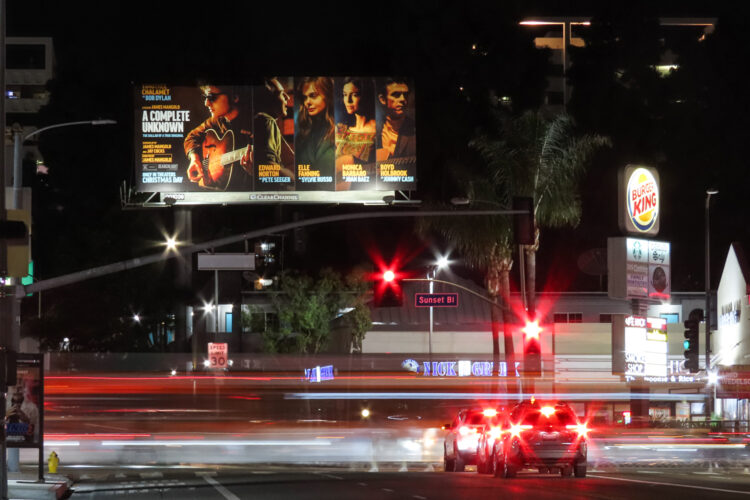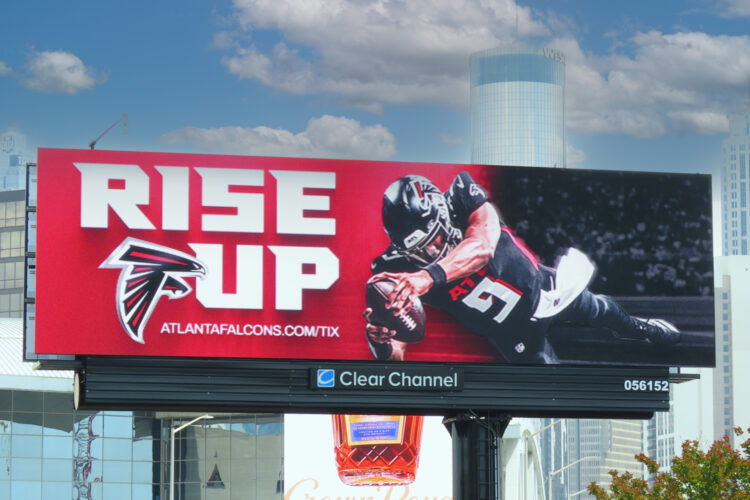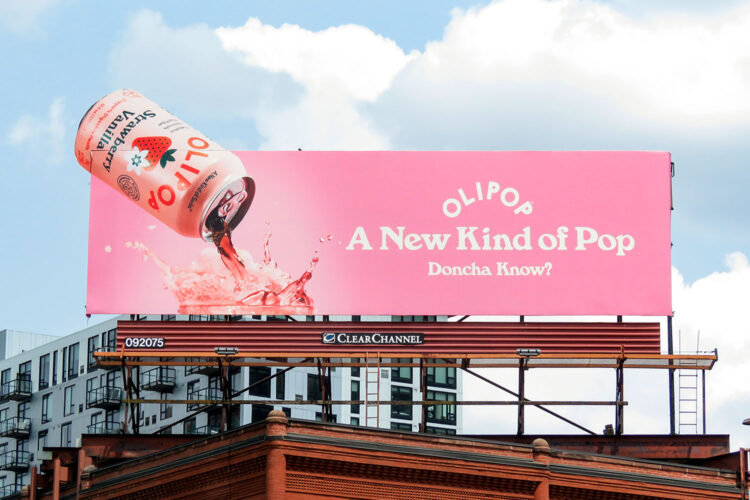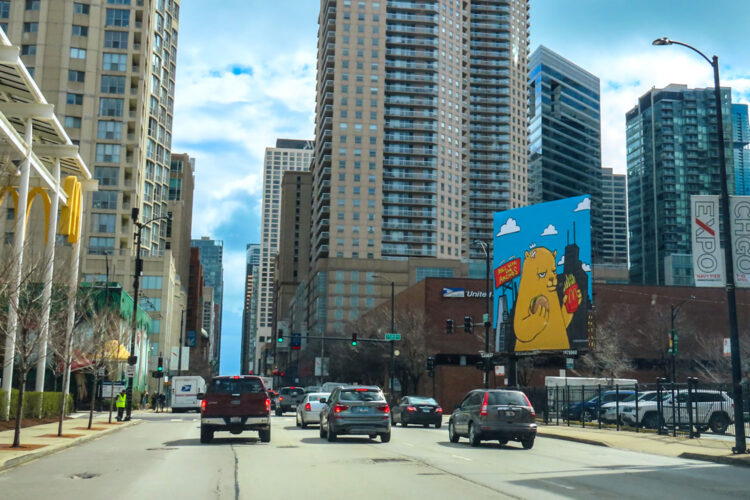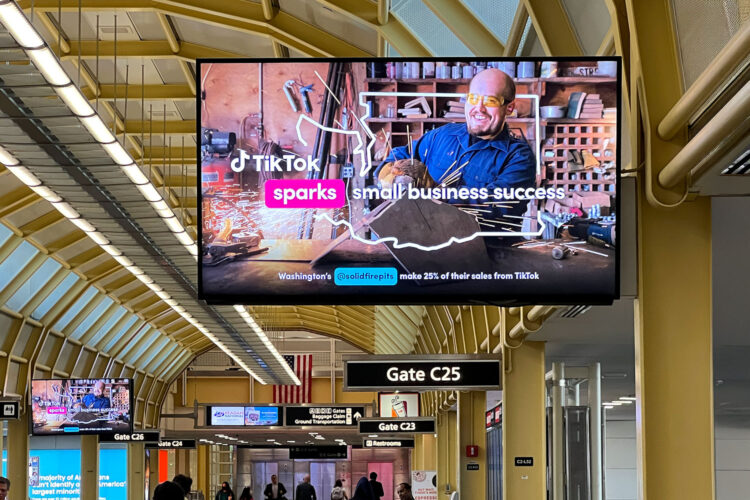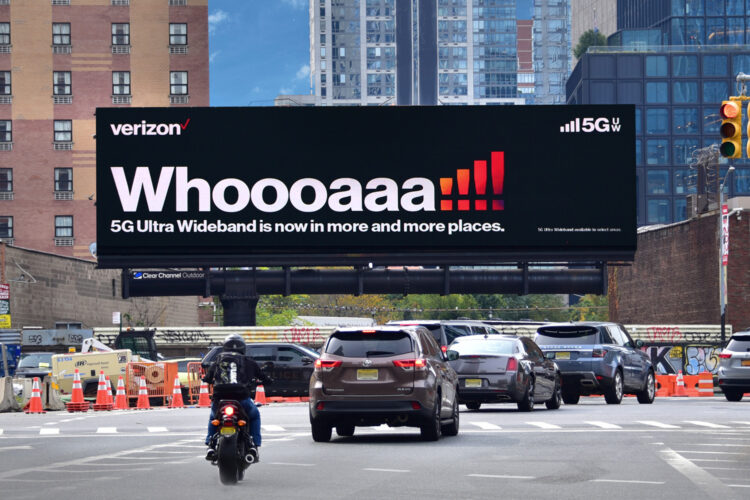What Boston’s Billboards Say About the City (and the People Who Live Here)
Boston is more than a media market. It’s a cultural hotspot with neighborhoods that have opinions, history and character. And Out-of-Home (OOH) advertising in Boston doesn’t just reflect that, it’s a part of the fabric of the community. From the fiercely loyal sports fans, to the commuters who move with purpose, the city’s billboards don’t just sell, they salute, speak up and show up in the most Bostonian way possible. And the brands that win here are the ones that understand that.
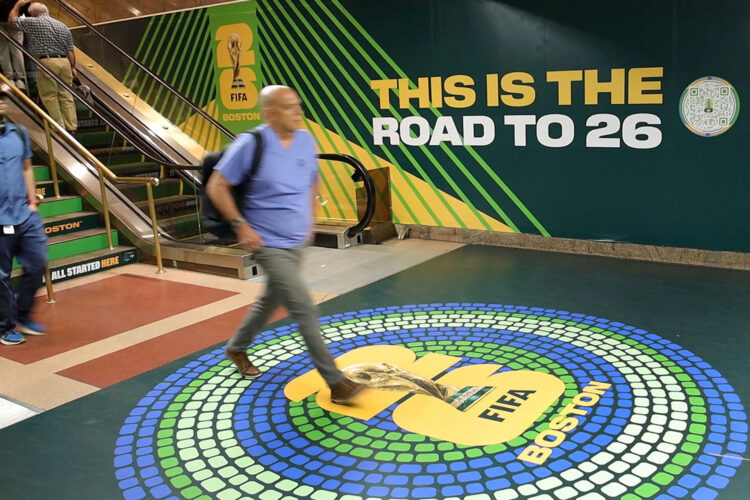
Billboards that speak the local language
It’s one thing to run out-of-home (OOH) advertising in Boston. It’s quite another to run OOH advertising for Boston. This is one of the few cities where brands can’t get away with sounding generic. The tone matters. And if you don’t get it right, the audience will let you know.
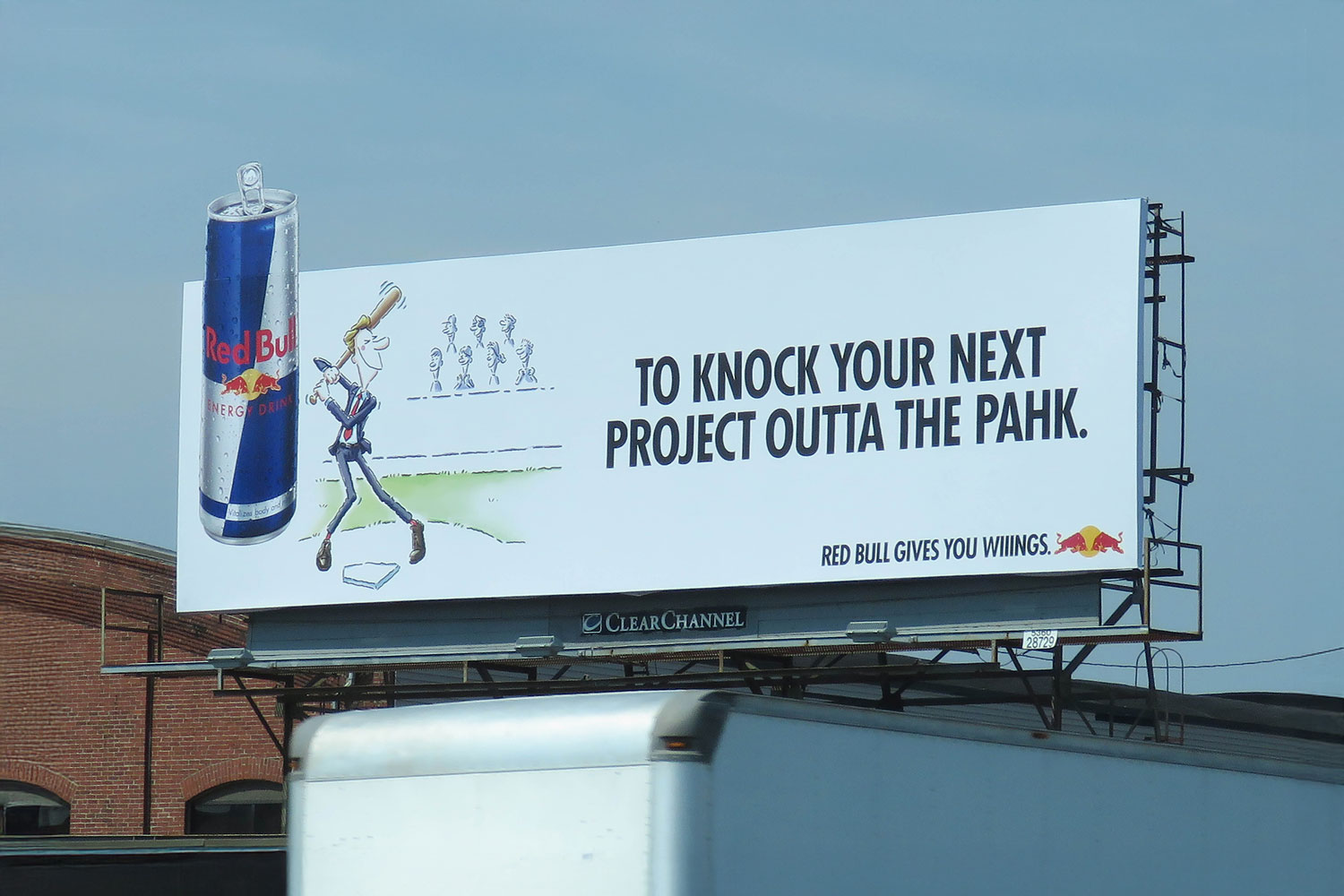
That’s what makes boards like “Southie, Demand and You Shall Receive” or Red Bull’s “To knock your next project outta the pahk” so effective. These are more than headlines, they’re signals.
Beyond Meat’s campaign shows the brand isn’t dropping a message from a national template. It’s a nod to neighborhood pride and personality. The Red Bull OOH ad isn’t just clever copywriting, it’s a knowing wink to the city’s voice and baseball legacy. Both OOH ads speak the way the city does: confident, direct and unapologetically local.
And this is where OOH shines. It lets brands deliver messaging that is relevant and embedded in the local culture, and, with scale and precision few other channels can match.
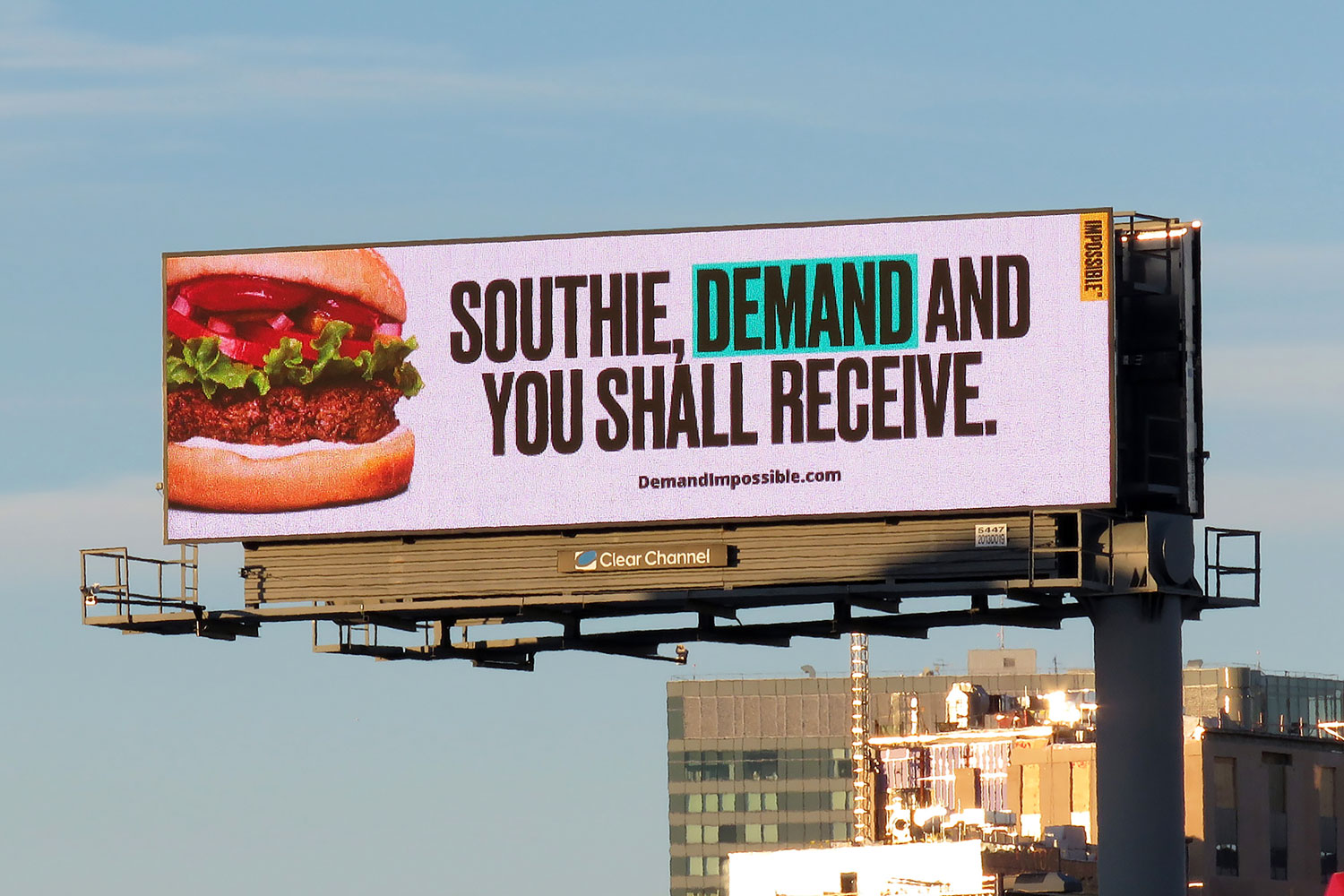
Context is more than a backdrop—it’s part of the message
The Boston Globe’s courthouse billboard is one of the smartest examples of location-based messaging in the city. It turns a simple directional billboard into a bold statement about presence, reliability and accountability. The media buy becomes part of the message itself.
And this is where OOH excels. This medium shows up where the moment is happening. Whether it’s on the street, in front of the courthouse, by the ballpark, this platform shows up as a relevant layer in the real-world where you’ll connect with consumers.
For brands with something timely or meaningful to say, few channels allow you to speak that directly to the context and the crowd.
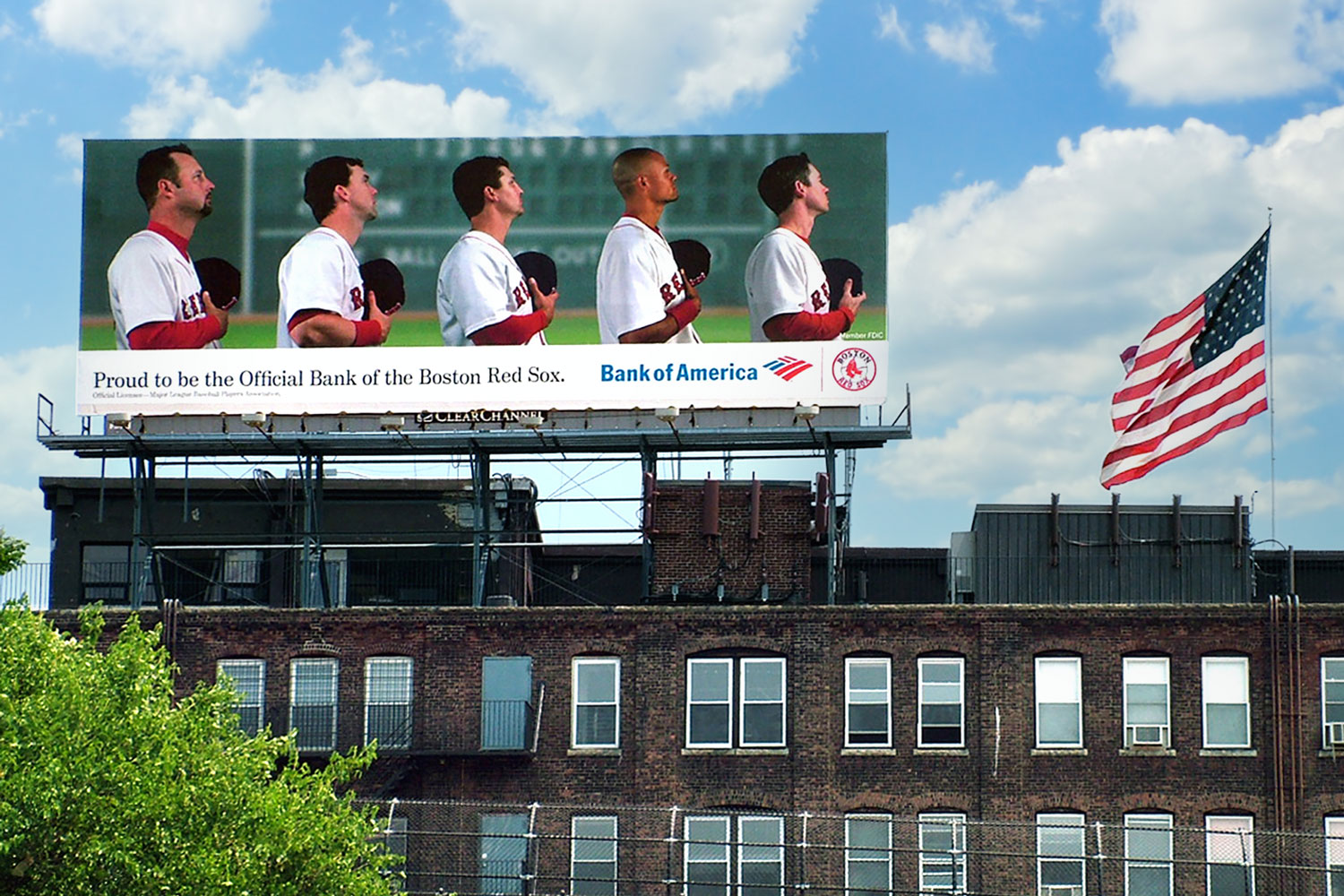
In Boston, sports are the common language
Boston doesn’t do casual fandom. It’s a city of lifelong loyalty to the Sox, the Bruins, the Celtics and the Patriots. And smart brands understand that OOH is one of the best ways to tap into that shared identity.
You see it in the Budweiser “Welcome to the Show” billboard, or the Bank of America ad proudly saluting with Red Sox players next to an American flag. These ads don’t just align with sports, they absorb Boston’s rituals and reverence for its teams.
OOH allows for that emotional alignment at scale. It becomes part of the pre-game commute, the post-win buzz or the everyday pride of being a Boston sports fan.
And when campaigns like Coors Light x Bruins 100 Years go live, they become more than promotions. They become part of the memory of the season.
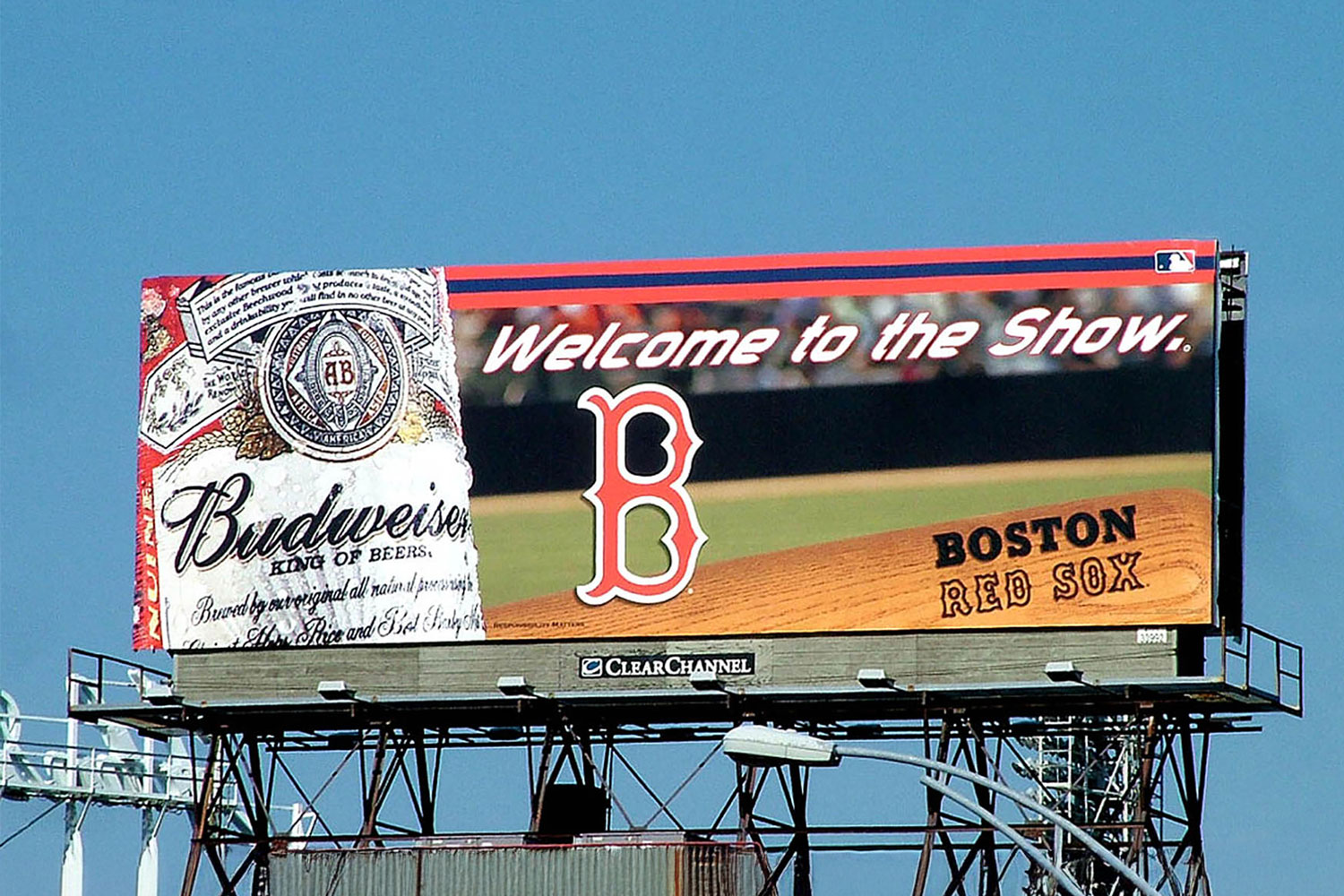
Events create culture—billboards cement it
The Boston Marathon is more than a race, it’s a civic event. A citywide ritual. A shared moment of perseverance and pride. So when brands like Brooks or Reebok use billboards to celebrate runners, they’re targeting an audience that aligns with a value system.
That’s what’s happening in the “Run Like Desi” or “You can’t stand up. Run easy.” ads. It’s emotional, and, it’s rooted in one of the city’s most important traditions.
Likewise, the FIFA“Road to 26” station takeover places Boston in a global story while using transit space to make a local statement: This city is ready for the world stage.
OOH delivers a physical canvas for collective identity, whether that’s sports, civic pride or cultural relevance.
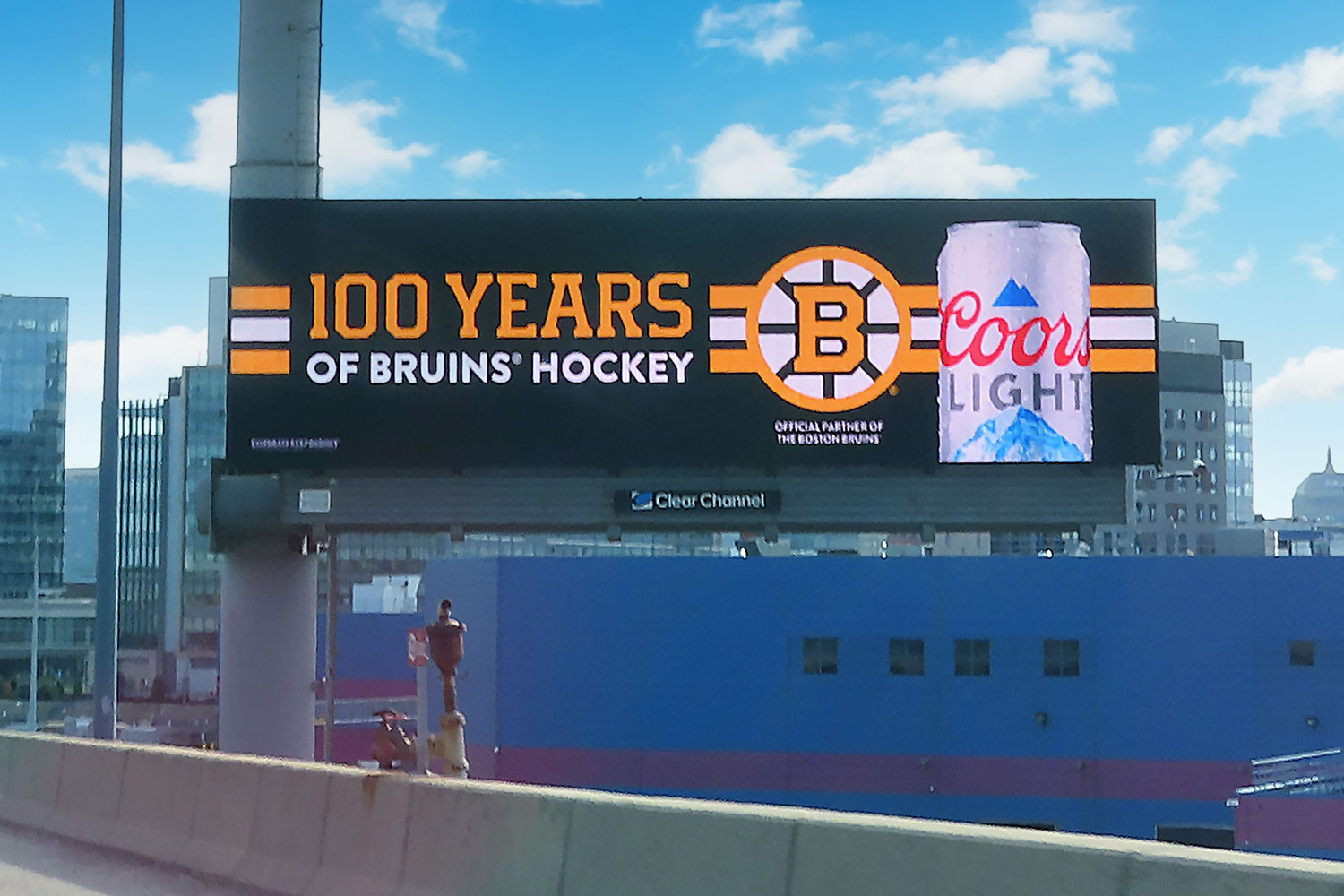
This is what good OOH looks like in Boston
It’s local without being cliché. It’s bold without being out of place. It doesn’t just reflect Boston, it respects it.
That’s the through-line across all of these campaigns: brands who get the tone, the neighborhood, the moment, and the audience right. Because in Boston, attention isn’t given, it’s earned.
A final word from the street
Boston audiences are smart. They notice detail. They notice tone. And they notice when a brand makes the effort to speak directly to them at street level, in their neighborhood, with creative that fits the city’s voice.
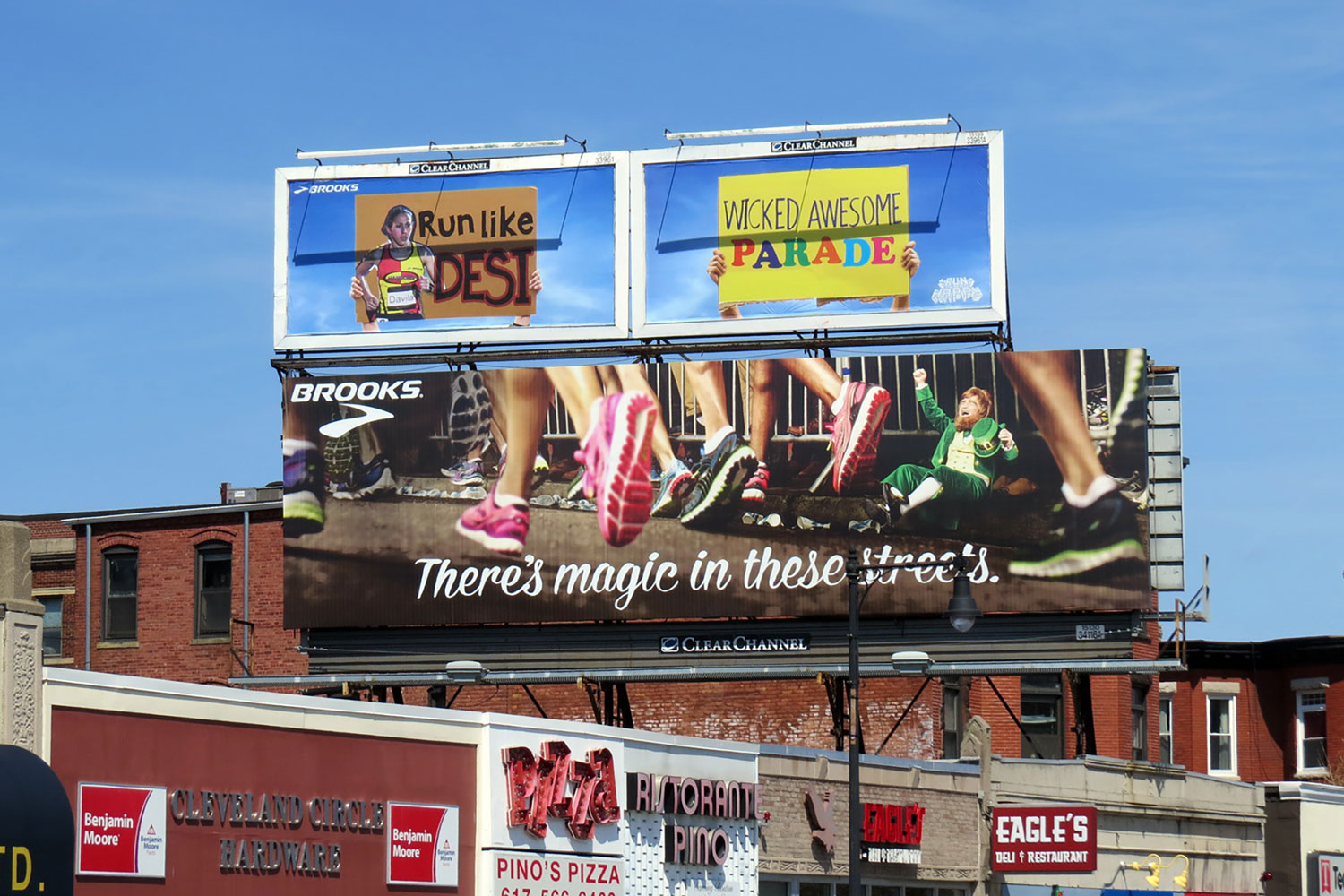
Our local team at Clear Channel Outdoor knows this market because we live it every day. From placement strategy to cultural timing to creative alignment, we help brands become a part of the story Boston is already telling.
Because in this city, showing up isn’t enough. You’ve got to show up right.
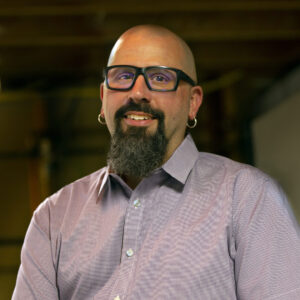
Mike McGraw
Senior Vice President & Executive Creative Director
Mike McGraw leads CCO's award-winning design teams to create high-impact out-of-home (OOH) campaigns for national and local brands. With over 25 years in OOH, including a decade shaping iconic Times Square billboards, Mike has contributed to some of the industry’s most memorable creative. Mike serves on the OAAA and Times Square Arts creative committees and previously taught at Pratt Institute.
More by MikeExplore More Posts
Creative Beverage Billboards Harness The Power of OOH to Drive Consumer Action
Thirst hits consumers fast on the go. Creative Out-of-Home (OOH) ads for cold drinks can deliver the right message at the right time, achieving maximum impact.
3 min
The Most Iconic Ads Ever Seen in Chicago (And Why They Worked)
From bold food brands to iconic cultural moments, these Chicago-based Out-of-Home (OOH) campaigns didn’t just advertise, they became part of the city.
5 min
How Social Media and OOH Work Together to Amplify Your Brand
Out-of-Home, paired with social media, boosts consumer engagement and fuels shareable moments that extend campaign impact.
4 min
Creative That Performs: How to Design Effective Billboard Campaigns
Learn the key principles of Out-of-Home (OOH) ad design and how Clear Channel Outdoor’s creative team can help bring your vision to life.
